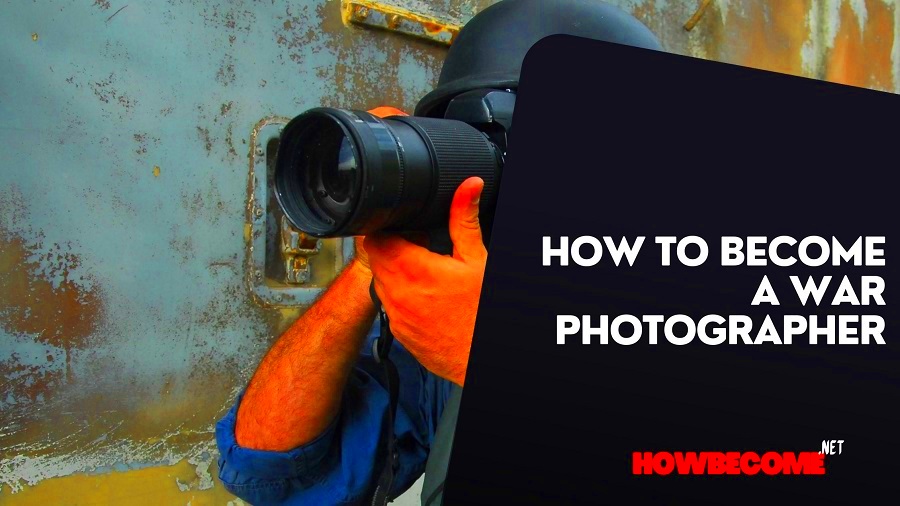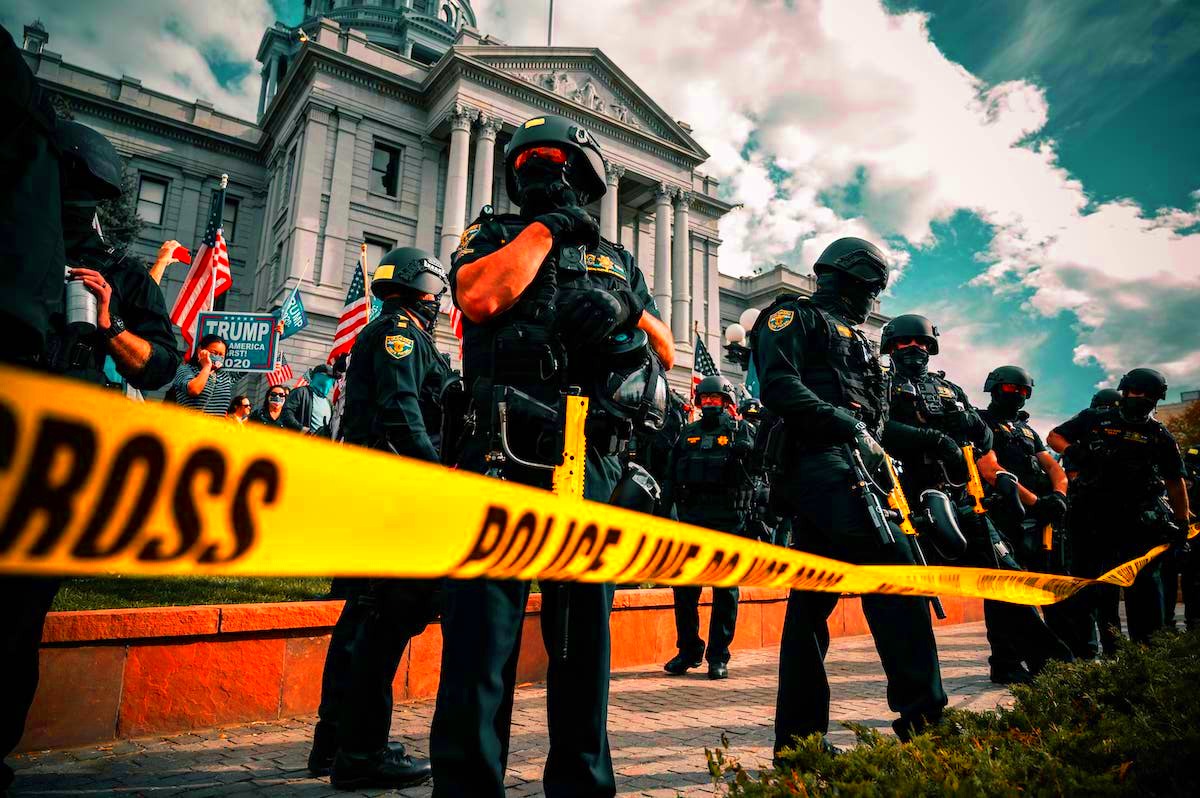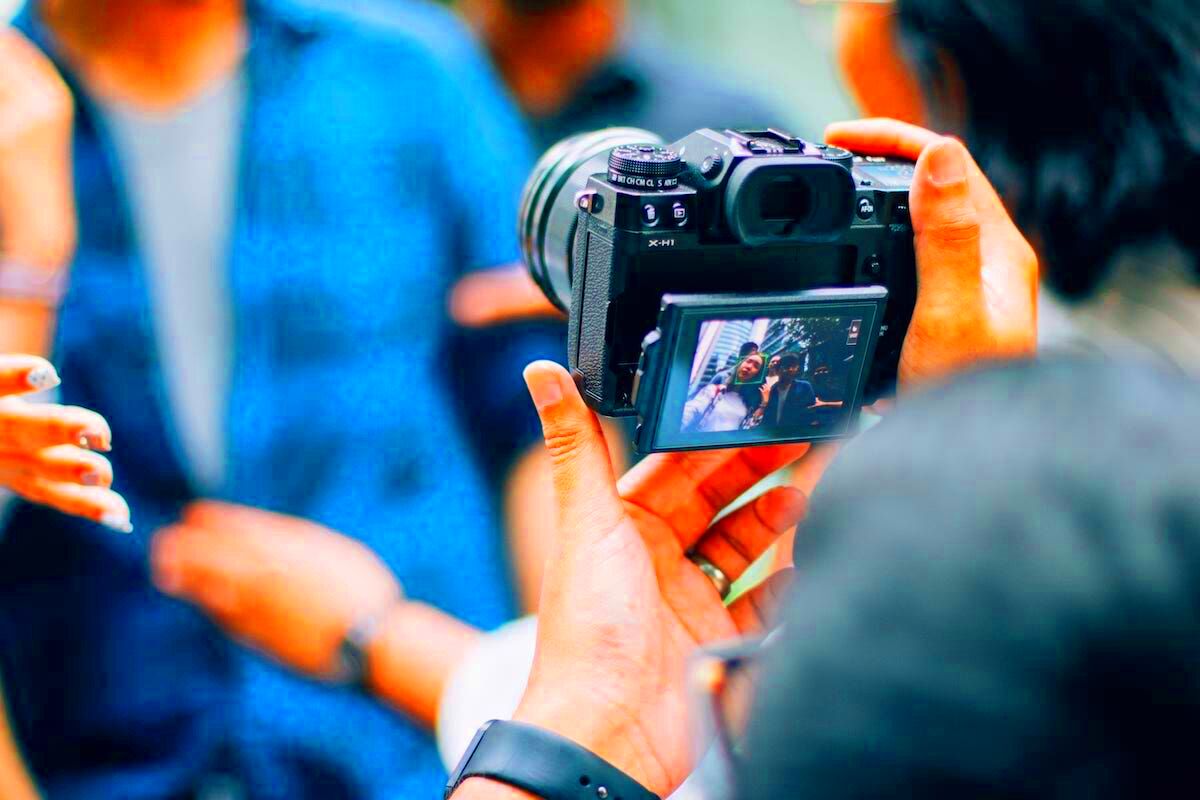Freelance war photography is one of the most challenging and impactful careers you can pursue. It’s about capturing the harsh realities of war while maintaining journalistic integrity. As a freelance war photographer, you’re not bound by an employer, which means you have more freedom to choose assignments, but it also comes with the responsibility of managing your career and safety on your own.
This field requires more than just technical skill in photography—it demands a strong sense of empathy, courage, and resilience. If you’re considering this career path, it’s crucial to understand what it entails and how to navigate both the dangers and the rewards.
Understanding the Role of a War Photographer

A war photographer’s main job is to document conflict and its consequences. This role is both important and dangerous, as the images captured often serve as a visual history of major events. War photographers not only witness violence and suffering but also convey these stories to the world through their lens.
While the term “war photographer” may seem straightforward, it’s a multifaceted role. You may be asked to photograph soldiers in combat, civilians in refugee camps, or the aftermath of battles. Your job goes beyond taking photos—it’s about telling a story that can influence the public’s perception of war.
Key responsibilities include:
- Documenting conflicts in real-time
- Capturing the emotional toll of war on both soldiers and civilians
- Working with news outlets to publish images and reports
- Adhering to ethical guidelines while documenting sensitive topics
Also Read This: Are Fiverr Editors Reliable?
Essential Skills Needed for War Photography

To succeed as a war photographer, you need more than just a good camera. The skills required go beyond technical knowledge, involving both mental and physical preparation. Here are some of the essential skills you’ll need:
- Photography Skills: You must be proficient in photography techniques, including composition, lighting, and exposure. Understanding how to capture images under difficult conditions is crucial.
- Understanding of War and Conflict: Knowing the political and historical context of the conflicts you’re covering will help you tell a better story. Research is key to providing accurate and insightful visuals.
- Survival Skills: You’ll be working in dangerous environments. Basic first aid, navigation, and self-defense skills are vital to ensure your safety.
- Ethical Decision-Making: You’ll face moments where you need to balance your duty to tell the truth with respecting the dignity of the people you’re photographing. Ethical judgment is crucial in such situations.
- Stamina and Mental Resilience: The physical and emotional toll of war photography is immense. You need to be able to handle stress, trauma, and long hours in harsh conditions.
These skills will not only help you capture impactful images but also ensure you can navigate the physical and emotional challenges of the job.
Also Read This: How Long Does It Take for Direct Deposit on Fiverr?
How to Build a Strong Portfolio as a War Photographer
Building a strong portfolio is key to establishing yourself as a professional war photographer. Your portfolio is essentially your visual resume—it showcases your best work and demonstrates your ability to capture compelling stories. As a freelance war photographer, it’s important to focus on quality over quantity when selecting your images.
Here are some tips for building a portfolio that stands out:
- Focus on Powerful, Narrative-Driven Images: Choose photos that tell a story. War photography is about more than just capturing images of combat—it’s about showing the human side of conflict. Include images that highlight emotion, impact, and the consequences of war.
- Include a Range of Subjects: Your portfolio should show that you can handle a variety of situations, from combat scenes to portraits of refugees. Showing diversity in your work will appeal to a wider range of clients and media outlets.
- Quality Over Quantity: Only include your best work. Clients and editors don’t have time to sift through hundreds of photos, so choose images that showcase your technical skills, creativity, and storytelling ability.
- Maintain Consistency: Ensure that your portfolio has a cohesive style. This will make your work more recognizable and help build your personal brand.
- Stay Updated: As you continue to work and grow as a photographer, regularly update your portfolio with new and better work. Keep refining and improving it as you gain experience.
Remember, your portfolio is often the first impression clients or agencies will have of you, so make sure it accurately represents your capabilities and vision as a war photographer.
Also Read This: How to Get Paid on Fiverr: A Comprehensive Guide
Finding Opportunities in War Photography
As a freelance war photographer, finding assignments can be a challenge, but there are many ways to get your foot in the door. Building a network, reaching out to the right organizations, and taking advantage of digital platforms are all ways to find opportunities in this competitive field.
Here are some methods to help you find opportunities:
- Work with News Outlets and Agencies: Many photographers start by working with news agencies like Reuters, AP, or Getty Images. These organizations often have a constant need for photos from conflict zones. Reach out to these agencies and pitch your work.
- Freelance Platforms: Freelance platforms like Fiverr can be useful for finding clients who need specific types of war-related photography. While these platforms may not offer traditional assignments, they can connect you with smaller projects that help build your portfolio.
- Non-Governmental Organizations (NGOs): Many NGOs working in conflict zones require photographers to document their work. These opportunities can provide a chance to build a portfolio while also contributing to meaningful causes.
- Attend Photography Festivals: Photography festivals and exhibitions are great places to meet other photographers, journalists, and potential clients. Networking at these events can lead to future job opportunities.
- Develop a Personal Brand: Having a strong online presence, such as a website or social media profile, will make it easier for people to find and hire you. Share your best work and engage with your audience to build a reputation.
Finding work as a freelance war photographer may take time, but by consistently networking and putting your work out there, you can start landing assignments and building a solid career.
Also Read This: How to Make Money Writing on Fiverr
How to Stay Safe as a Freelance War Photographer
Safety is one of the biggest concerns for freelance war photographers. The work can place you in some of the most dangerous environments in the world, so it’s essential to take proactive steps to protect yourself. Being well-prepared physically, mentally, and emotionally can help mitigate the risks associated with war photography.
Here are some strategies to help ensure your safety:
- Understand the Risk Factors: Before taking on an assignment, do thorough research on the conflict zone. Understand the local political climate, the presence of dangerous groups, and potential natural hazards. This will allow you to make informed decisions.
- Get Proper Training: Consider taking courses in combat and first-aid training. Many organizations offer survival training tailored specifically for journalists and photographers working in war zones. Knowing how to handle yourself in emergencies can be a life-saver.
- Work with a Team: Whenever possible, try to work with other journalists or photographers. Having a support system not only makes your work easier but also provides extra eyes and ears for potential threats.
- Use Protective Gear: Invest in protective gear like bulletproof vests, helmets, and medical kits. While this may not guarantee complete safety, it can help reduce the risk of injury. Always have basic first-aid supplies with you.
- Stay Informed: Always stay connected with trusted sources and agencies that provide real-time information about security risks. Use encrypted communication methods to maintain privacy and security while reporting from dangerous areas.
- Limit Exposure: Avoid staying in the front lines for extended periods of time. Take breaks and move to safer areas when necessary to avoid unnecessary risks.
- Plan Your Escape Routes: Always have a clear escape plan in case the situation deteriorates. Know the safest routes out of a conflict zone and keep your transportation options flexible.
Your safety should always be a priority, so take the necessary precautions and plan ahead to minimize the risks involved in war photography.
Also Read This: A Guide to Becoming a Freelance IT Consultant
Tips for Gaining Recognition and Building Credibility
As a freelance war photographer, gaining recognition and building credibility is essential to growing your career. Without the backing of a major publication or agency, you need to focus on establishing a strong reputation on your own. This involves not only producing great work but also promoting yourself effectively and building trust within the photography community.
Here are some tips to help you gain recognition and build credibility:
- Publish Your Work in Reputable Outlets: Start by submitting your work to respected media outlets such as newspapers, magazines, and news agencies. Gaining exposure through these platforms will help build your credibility and increase your visibility.
- Share Your Work on Social Media: Platforms like Instagram, Twitter, and Facebook are excellent tools for promoting your work. Use these to share your images and connect with other photographers, journalists, and potential clients. A strong social media presence can attract attention from clients looking for talented photographers.
- Network with Other Professionals: Building a network of contacts within the photojournalism and news industry is key. Attend industry events, workshops, and conferences to meet other photographers and professionals in the field. Collaborating with others on projects can expand your reach.
- Participate in Contests and Exhibitions: Entering photography contests and displaying your work at exhibitions is a great way to gain recognition. Winning or being featured can provide significant exposure and boost your credibility as a serious photographer.
- Tell Powerful Stories: Make sure your work goes beyond just beautiful images—focus on telling compelling stories. Powerful, impactful storytelling will help your images resonate with audiences and establish you as a photographer who understands the significance of what you capture.
By consistently showcasing your best work, networking with industry professionals, and getting your photos published, you’ll gradually build your reputation and recognition as a skilled war photographer.
Also Read This: What Can You Do on Fiverr to Make Money?
FAQ
Here are answers to some common questions about starting a career as a freelance war photographer:
- What equipment do I need to become a war photographer?
While the camera and lenses you use are important, the key is to have gear that is durable and reliable in harsh environments. Many war photographers use DSLR or mirrorless cameras with weather-resistant features. Along with a camera, you’ll need lenses, a sturdy tripod, and protective bags for your gear. - How do I find assignments as a freelance war photographer?
Building connections with media outlets, NGOs, and photo agencies is crucial. You can also find freelance opportunities on platforms like Fiverr or through photography festivals and networking events. Reaching out directly to editors and pitching your work is another strategy. - How can I stay safe while working in conflict zones?
Safety is a top priority. Always research the area you’re working in, carry proper protective gear, and take first aid and survival training. Working in teams and keeping a flexible schedule also helps mitigate risks in dangerous situations. - Is it necessary to work with a news agency as a war photographer?
While working with agencies like Reuters or Getty can provide exposure and assignments, it’s not required. Many war photographers work independently, establishing a freelance career through self-promotion, personal projects, and direct contracts with clients. - How can I deal with the emotional challenges of war photography?
It’s important to recognize the emotional toll that documenting war can take. Regularly debriefing with colleagues, seeking emotional support, and having a healthy work-life balance are all crucial for coping with the psychological strain.
Conclusion
Starting a career as a freelance war photographer is both rewarding and challenging. It requires not only technical skill but also a deep understanding of the human condition, resilience, and a strong ethical compass. By building a solid portfolio, networking with the right people, and focusing on safety, you can carve out a successful career in this demanding field.
Remember, the journey to becoming a recognized war photographer takes time. It involves dedication, constant learning, and being proactive in seeking opportunities. With the right mindset and approach, you can make a real impact with your work, shedding light on the realities of war and giving a voice to those affected by it.




